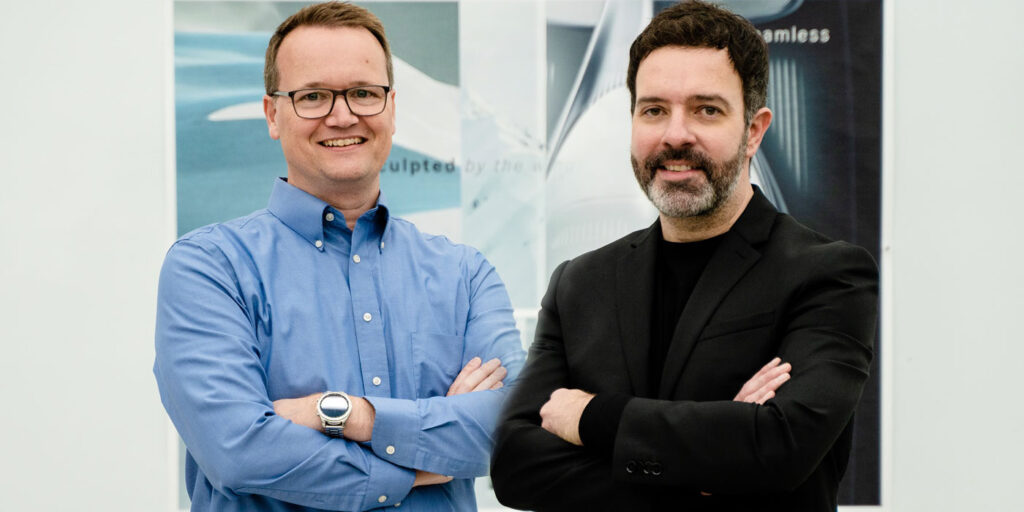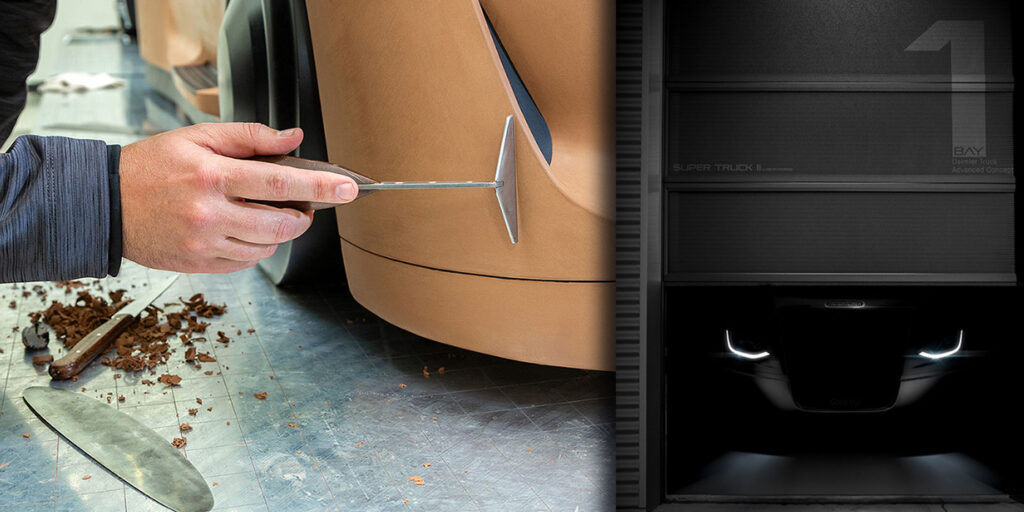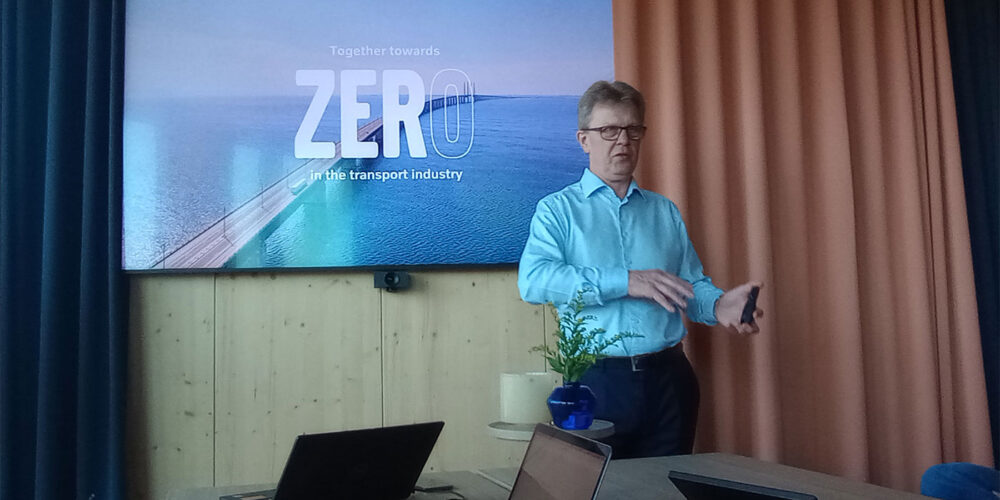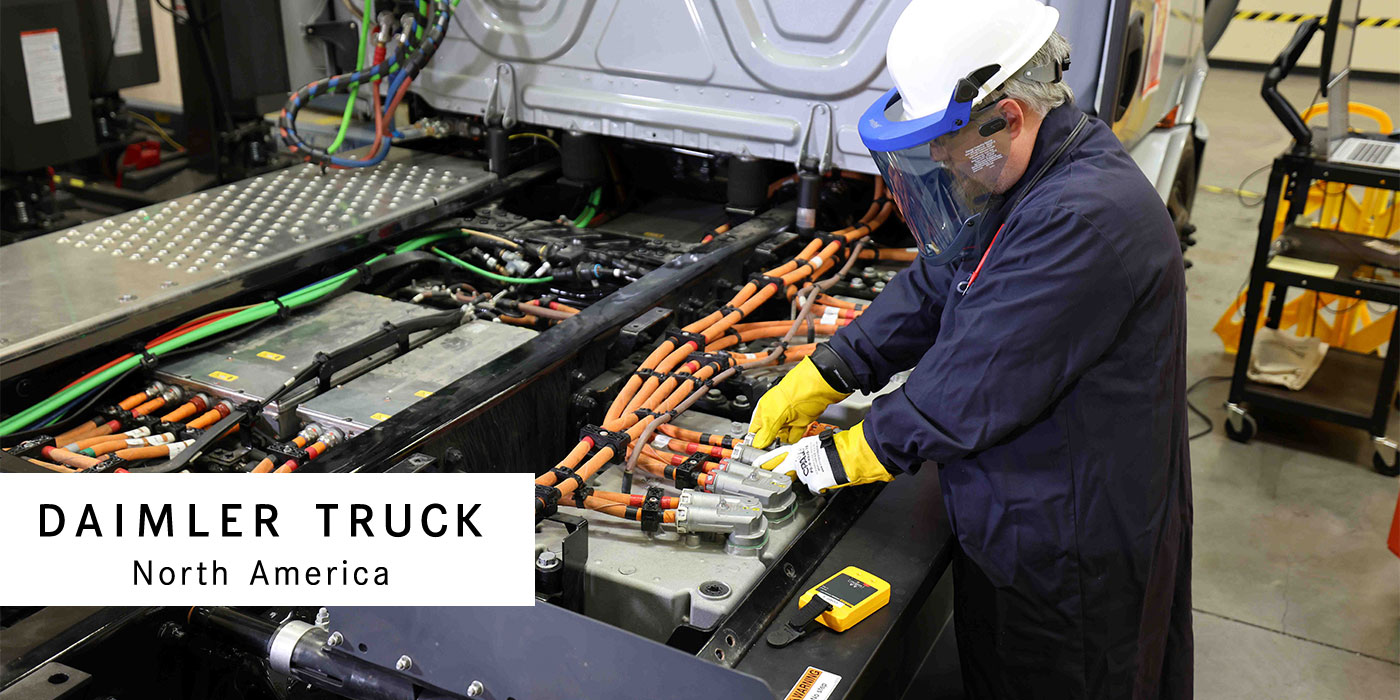Daimler Trucks North America (DTNA) shared a few behind-the-scenes details of its SuperTruck 2 project that is set for a full reveal later this year. With the initial SuperTruck project, the team was able to focus more on fundamental research and development, ultimately finding success with improved freight efficiency by 115%. For SuperTruck 2, which is to be revealed in 2022, the team based concepts off of technologies that are likely to hit the market in a few years. The project is on track to achieve even more ambitious efficiency goals, the company stated.
Launched in 2016, SuperTruck 2 is the Energy Department’s second investment in next-generation technologies with a focus on cost-effective solutions to more than double freight efficiency in trucking. DTNA’s research and development program co-funded by the U.S. Department of Energy developed a tractor-trailer combination using a suite of technologies including active aerodynamics, advanced engine combustion with enhanced air handling and intercooling and hybridization.
“We see SuperTruck in a different way than other projects,” said Jeff Cotner, chief designer at DTNA. “It allows us to take risks … we feel very much that this is our opportunity to push a little bit and reach further out than we otherwise would. Normally, we might not have the time or resources to support investigating something that is not necessarily doable. So for SuperTruck, we get to experiment.”
The SuperTruck program allows the manufacturer to investigate high-risk, high-reward technologies to clear the technical pathway for their development and potential integration in series production. The goal is to develop commercially viable solutions that benefit the customer. Particularly, within the transformation from clean diesel combustion engines to battery-electric transportation, DTNA sees the potential to improve energy efficiency even further.

The Design Center Studio at DTNA, based in Portland, Ore., is where ideas and concepts start to become reality. The team is comprised of highly experienced creative individuals responsible for the interior and exterior design of all commercial vehicle products within the DTNA portfolio. With designers, surface modelers, fabricators and studio engineers, the design team collaborates globally to create the most cutting-edge designs that continue to push DTNA’s products forward. The design team also welcomed a bit of competition for the overall design. Multiple designers begin sketching initial concepts and a friendly competition ensues.
The engineering team, however, had more stringent parameters to adhere to. Comprised of a select group of creative engineers in a variety of disciplines improving the vehicle system’s energy efficiency, the advanced engineering team supports and works with the entire DTNA organization.
“These objectives were to develop technologies that are commercially cost-effective in terms of a payback in the next couple of years,” said Darek Villeneuve, advanced vehicle systems manager at DTNA. “The most difficult part is picking the right technologies with the right balance of performance for systems that are critical for energy conservation while making them complement the vehicle.”
A constant flow of communication helped the designers focus on the most important parts of the truck for aerodynamics and energy efficiency. As Villeneuve noted, technology cannot be developed in a vacuum and requires strong partners, both internal and external.
“We understand that the design studio needs to be given freedom to explore. There was a lot of give and take throughout the whole process, along with challenging each other to figure out what’s really critical,” Villeneuve said. “I think the product will speak for itself that it’s a fantastic looking vehicle and the performance is the best we’ve ever produced.”
A number of innovative features from DTNA’s first SuperTruck are available today in the Freightliner Cascadia, including enhanced aerodynamics, improved engine thermal efficiency and powertrain integration technologies such as down speeding, and predictive powertrain controls.
We’ll have more when the truck is unveiled later this year.














